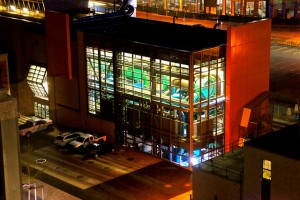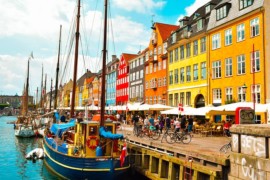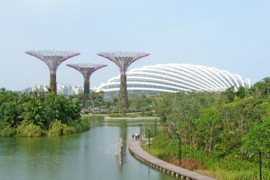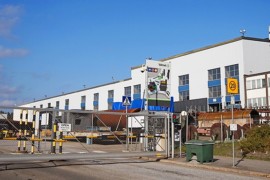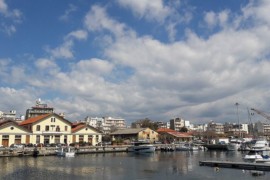Cogeneration is the simultaneous production of electricity and heat in the same installation. The result of this technology – increasingly used in France (Le Havre, Seine-Maritime) and Europe (Scarlino, Italy) – is economic heating networks. How do we build a cogeneration plant? What advantages does it present compared to a heating network? Focus on this progress towards cleaner and smarter networks.
What is cogeneration?
Cogeneration is based on the production of electricity and heat from a single energy source at the same time and in the same installation. More specifically, it concerns recovering heat (gas or vapour) emitted during the production of electricity (engine, turbine, or fuel cell). Through a pipe, the heat is directed to a heat recovery unit. It is then used to produce heating and hot water. There are two main types of facilities: steam boilers and turbine installations, powered by various fuels such as waste or wood; internal combustion engines fuelled by gas or diesel.
The advantages of cogeneration
While energy efficiency is a priority across the planet, cogeneration is a promising solution. In a conventional power plant, nearly 65% of the energy produced is lost as heat. With cogeneration, 50-55% of this energy is recovered to heat a water circuit via a heat exchanger. The uses are many and varied: household heating, hot water, industrial use … This technique also reduces the production of greenhouse gases compared to a conventional power plant. According to the European Commission, this would represent a decrease of 500 g/kWh. Finally, cogeneration is as compatible with fossil fuels (gas, coal …) as with renewable energy (wood, biogas …).
The limitations of cogeneration
Cogeneration is more efficient at powering public buildings and housing industries. Indeed, the heat produced cannot be transported over long distances, due to rapid cooling. The production of a cogeneration plant must be constant in order to be cost effective in terms of energy savings.
Cogeneration in France
There are now more than 800 cogeneration facilities in France, according to FEDENE. This represents a production of 16 TWh electricity and 22 TWh of heat production. If the majority of facilities are currently operating with fossil fuels (mainly natural gas), in recent years, the Government has encouraged municipalities to switch to renewable energies.
The preferred method of renewable energy is biomass, as can be found in Vittel in the Vosges or Saillat-sur-Vienne Haute-Vienne. Cogeneration associated with biomass can produce electricity and heat from resources (wood, waste …) close to the production site, limiting the transportation costs of the fuel.
Cogeneration limits energy loss in an electrical installation. The recovered heat is both economical and environmentally friendly
Image source: Flickr (Peter Eimon)


